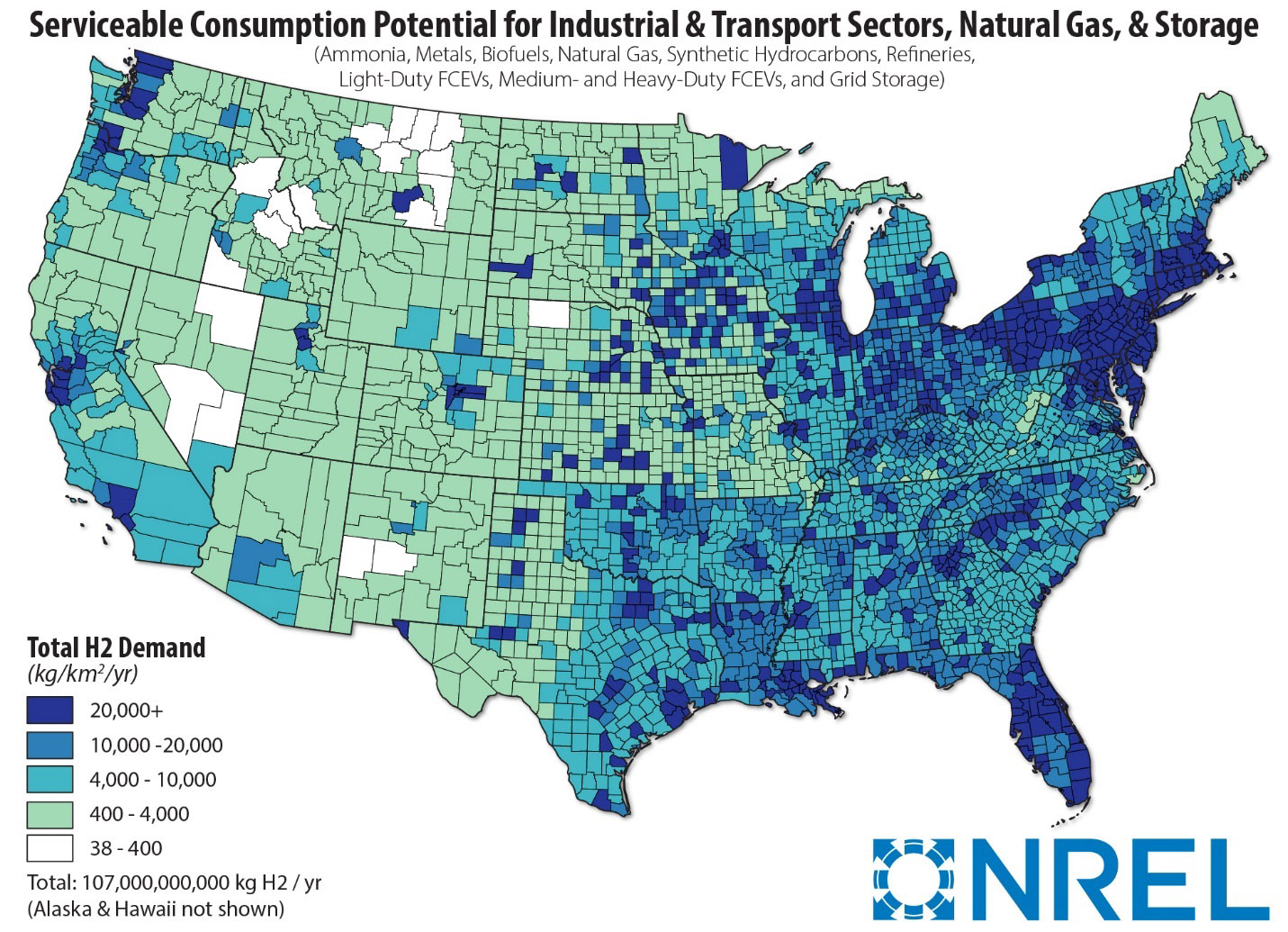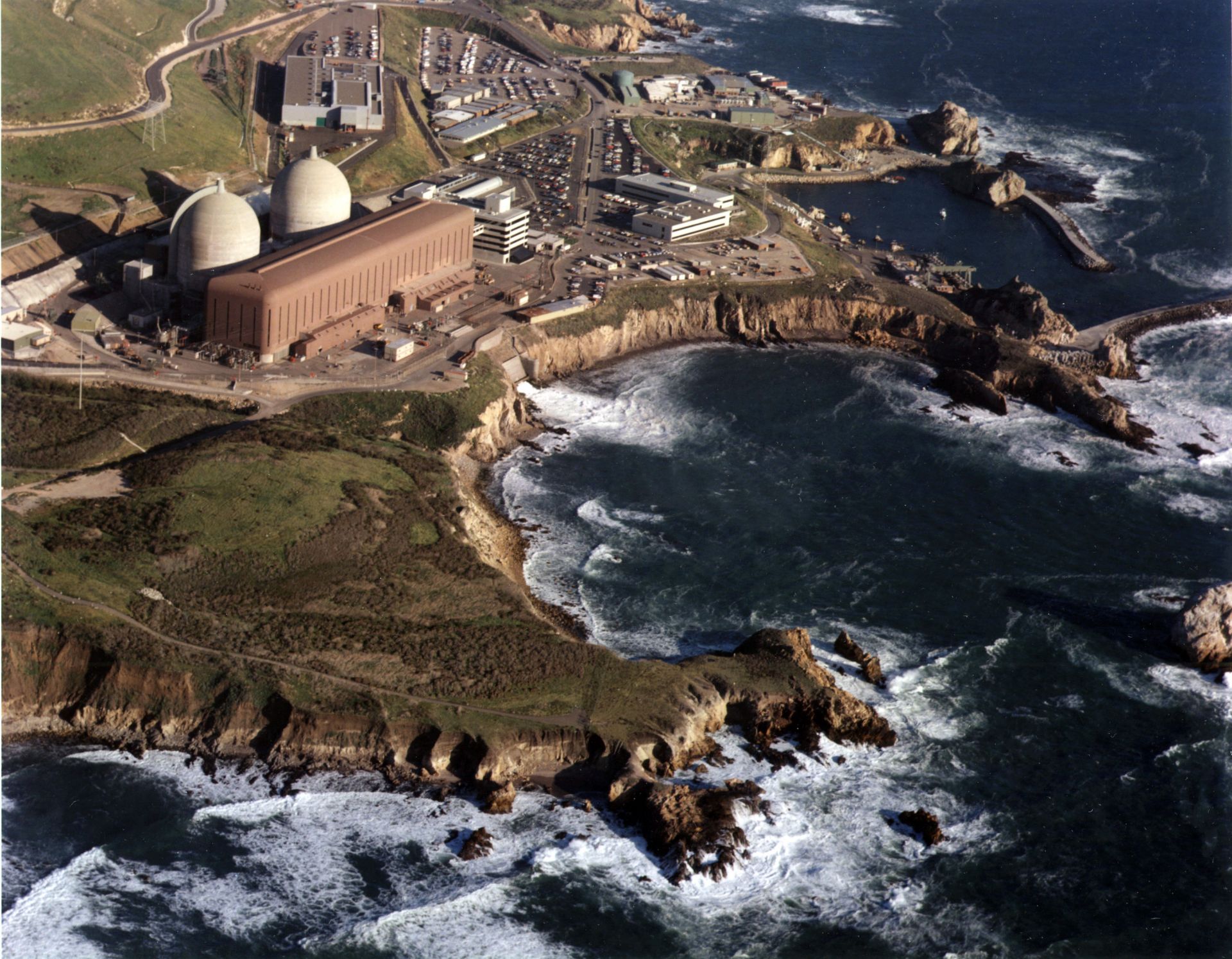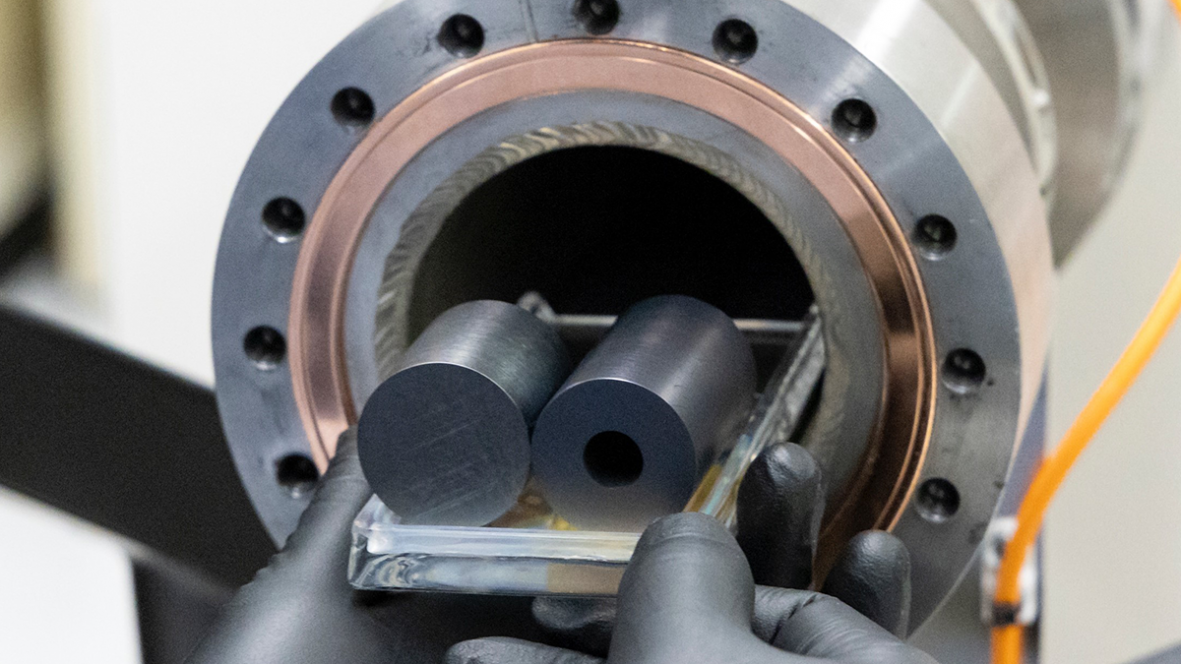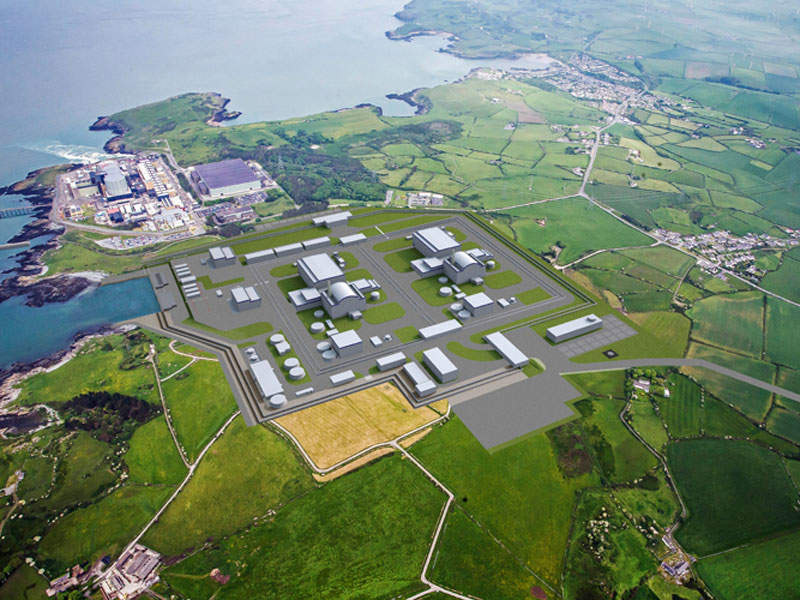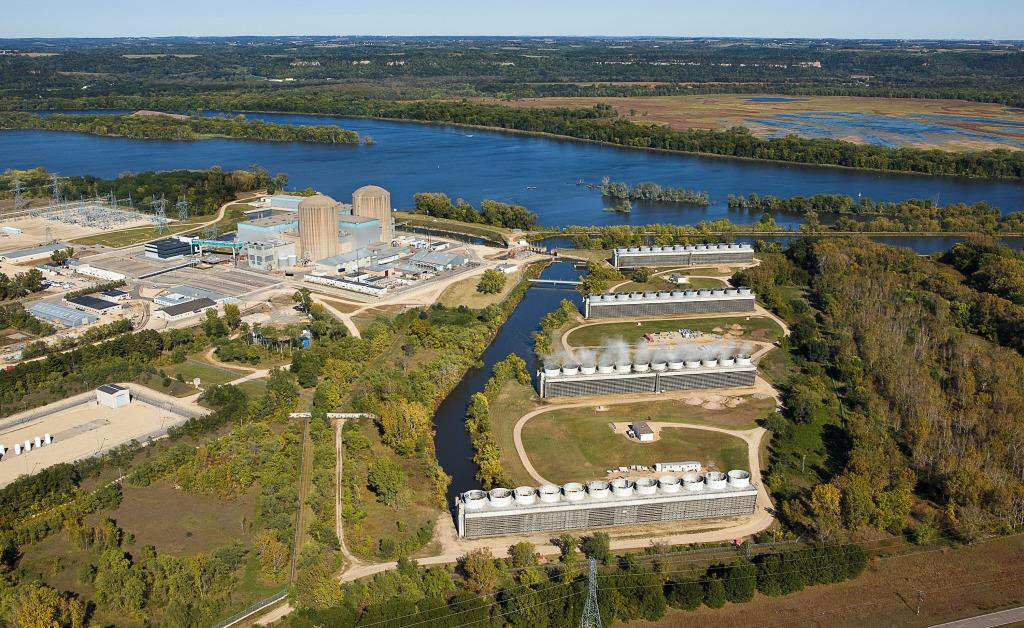2020 ANS Virtual Winter Meeting: Preview of NPIC&HMIT 2021
The November 17 session titled “Preview of NPIC&HMIT 2021” was sponsored by the Human Factors, Instrumentation and Controls Division. The session was chaired by Pradeep Ramuhalli, of Oak Ridge National Laboratory, and featured four panelists: Ronald L. Boring, of Idaho National Laboratory; Jamie B. Coble, of the University of Tennessee at Knoxville; Raymond L. Herb, of Southern Nuclear Operating Company; and Hyun Gook Kang, of Rensselaer Polytechnic Institute.
The panelists provided a preview of trends in I&C and human factors that are likely to be featured at the 12th ANS Topical Meeting on Nuclear Plant Instrumentation and Control and Human-Machine Interface Technology Conference (NPIC&HMIT), which will be held in conjunction with the 2021 ANS Annual Meeting in Providence, R.I., in June. Ramuhalli said that the paper submission process has begun. The NPIC&HMIT 2021 call for papers is available online.

Herb
The industry perspective: Herb, who works on digital modernization for Southern Nuclear’s reactor fleet, reflected on working early in his career with equipment that required daily calibration by I&C techs. “Operators running around the panels, checking here, checking there,” he said. “Now, I see a calm control room for operators at Vogtle-3 and -4 who can operate everything from one chair.”
Herb added that he is not a human factors expert. “All I can do is communicate the needs of the U.S. nuclear industry from my perspective,” he said. Among those needs are realistic task analysis and effective change management. While the U.S. fleet’s original analog control systems were “biased toward ‘no change,’” he said, Southern’s current fleet strategy “is incremental change with every design we put in, to shepherd our existing fleet to something that is closer to Vogtle-3 and -4.”

Boring
New modalities: Boring offered his take on what’s next for human factors. He pointed out that NPIC&HMIT 2019 had four sessions on validation, and that validation is critical because new digital control rooms need to be proven. “Many of our current fleet have had the same control rooms for 40 years,” he said. “We can’t hope to have a digital control room for 40 years—we have to support evolution over time.” He predicted that NPIC&HMIT 2021 will see an emphasis on validation and interaction modalities for new plants, such as microreactors and small modular reactors, including automation.

Coble
University support for data analytics: Coble talked about improving nuclear power economics through data-driven decision-making. Operating plants are being shut down, she said, and a big part of the problem is operating and maintenance costs. “How can we make nuclear more economical?” she asked. “The current approach of frequent equipment monitoring works to keep equipment reliability up but does not help with costs.”
Coble said that there is a need for development in sensors and in models and algorithms that mine large data sets. University research and training can help solve identified problems, she said, but while there is a well-developed data set on light-water reactors, equivalent data is not yet available for advanced reactors that operate differently, making it more difficult to set a risk-informed approach.

Kang
New topics: Kang took attendees on a deep dive into the topics that were presented at NPIC-HMIT 2019 and made some predictions for 2021. Control platforms and status identification and decision-making were well represented in 2019, as were newer topics of cybersecurity and wireless communications. In 2019, Kang said, “Operation automation was discussed, but ‘autonomous operation’ was not discussed yet. . . . I expect we will have more papers regarding this issue in the coming conference.”
That is just one of several topics Kang expects to see at the 2021 meeting, because, he said, I&C is a fast-moving area.
Other anticipated topics include the decision-making process between machine learning applications and human operators and practical cybersecurity solutions.




